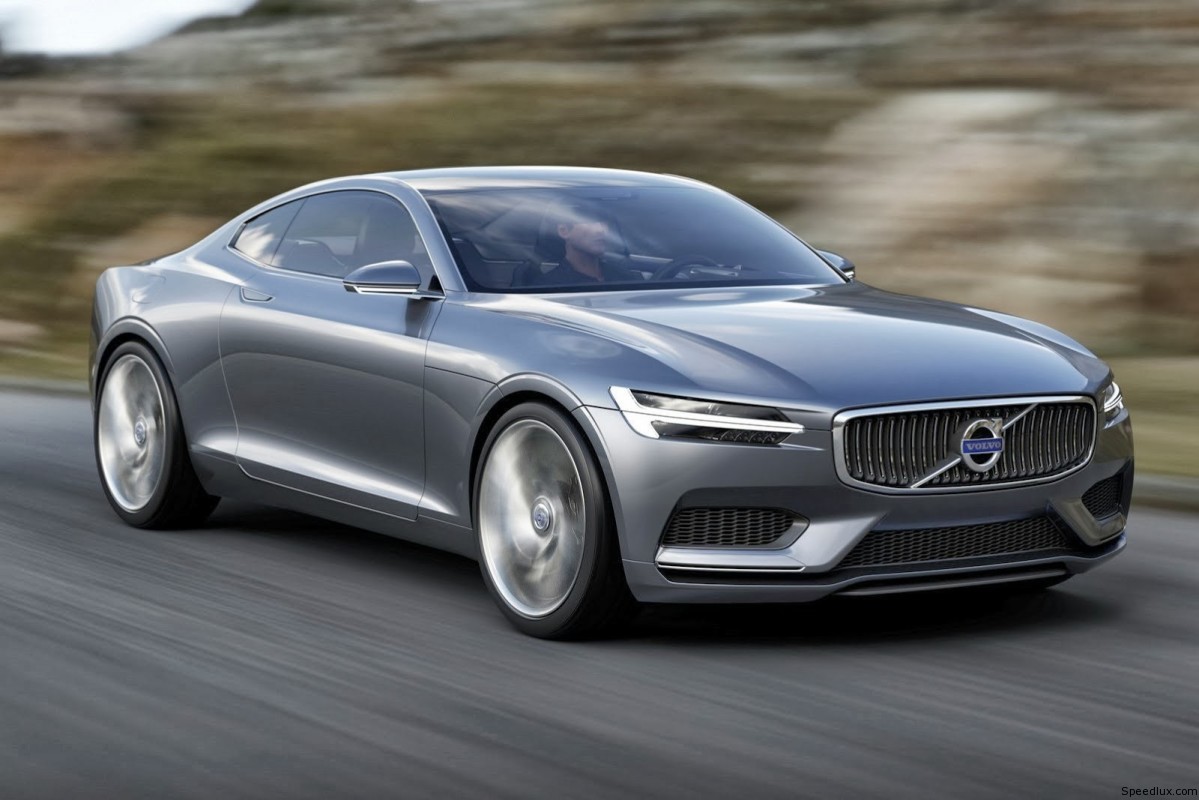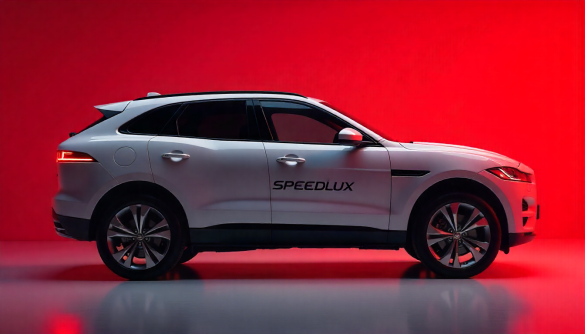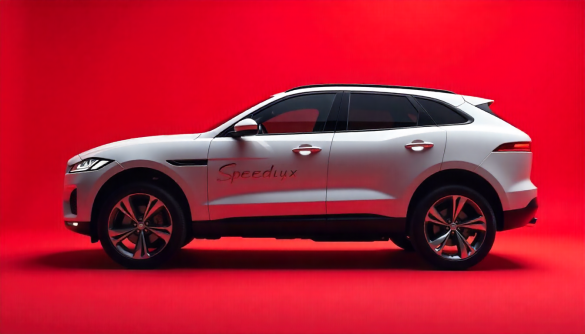Volvo has told that says it has made the batteries with a new lightweight battery’s system.
The brand has made new nanotechnology-inspired batteries housed, thin carbon fibre storage packets. Designed to slot the panels of the car the battery packs use nanoparticles, it includes microscopic components along with molecular manipulation to improve its details.
Volvo adds that the move could lower the weight of future electric cars as well as free up interior space.
With the use of carbon fibre to “sandwich” ultra-small nano-structured batteries and supercapacitors, which capture kinetic energy, it can also be refilled using a notable plug. These in turn feed electricity to the car’s motor.
The thin, light inner panels can then be fitted in various areas around the car, including under the bonnet, in doors, in boot lid, spare wheel housing and the roof turret. Meaning that the batteries won’t eat into the car’s usable space; vehicles like the Toyota Camry Hybrid provides a large battery bank behind the back seats which impinges on its practicality.
The report tells that if an electric car were to replace its existing battery components with the new system, it could cut its weight by 15 per cent – it means a car like the Nissan Leaf, that weighs 1795 kilograms, would be about 270 kilograms lighter, thus more efficiency.
Volvo also adds it has developed an S80 experimental car that is having the technology in the boot lining in place of the regular 12-volt battery.
The ultimate aim is to also fit the battery packs in the bonnet and doors.
The project was supported by the European Union, and Volvo was so far only car maker to be involved.







